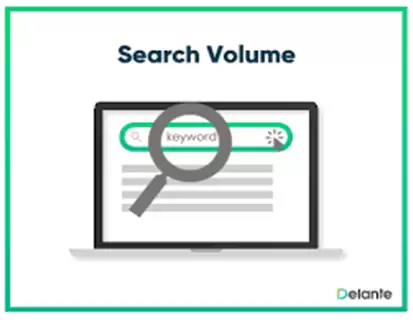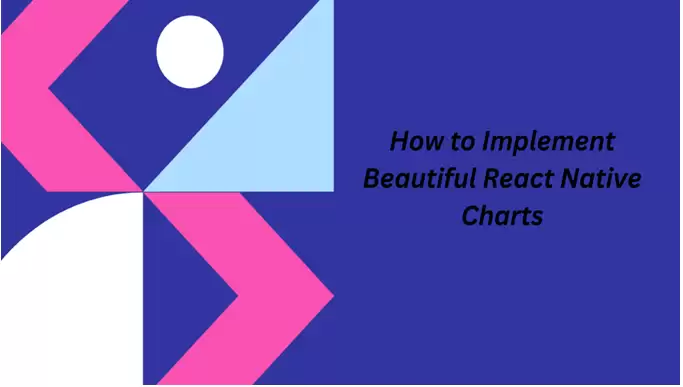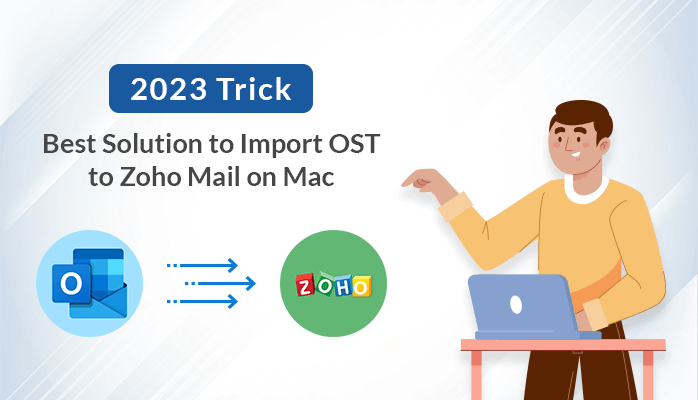What is cryptocurrency trading?
Cryptocurrency trading is the act of buying or selling a digital currency with the goal of profiting from the changing value of the underlying asset. Cryptocurrency trading is as simple and secure as traditional Forex trading .
The two main ways to trade cryptocurrencies online are through specialised brokerage services such as Axi and through exchanges dedicated to cryptocurrencies.
There are two investment options here: trading price movements via cryptocurrency CFDs and taking ownership of the asset itself. Each method has its pros and cons.
How does cryptocurrency trading work?
There are two easy ways to invest in cryptocurrency. One is to use a digital wallet to purchase cryptocurrencies at current market rates, which is similar to investing in stocks. When you own a currency, you make a profit by selling it at a higher price than the purchase price.
Alternatively, you can trade cryptocurrencies as CFDs. This is a way of trading based on price movements instead of owning ‘real’ assets like trading FX and commodities. In other words, whether the price goes up or down, you can make a profit.
Cryptocurrency CFDs trading allows you to use leverage, giving you access to higher value trades with a small amount of capital.
For example, if you have $1,000 in a trading account with 100:1 leverage, you can open a trade with a value of $100,000. Leverage can generate high returns, but it also increases the level of risk. Learn more about how to trade cryptocurrencies.
Crypto CFD Trading Through Brokers
The broker operates a service that specialises in trading important global asset classes such as FX, commodities, indices and cryptocurrencies. Cryptocurrency trading through the broker is done via CFDs using the broker’s existing network and trading platform, there is no need to use a digital wallet.
Because CFDs do not require you to purchase the underlying asset, trading cryptocurrency CFDs allows you to use leverage to reduce your initial capital investment while still gaining exposure to the full value of your trade.
Compared to the cost of fully purchasing the asset, trading CFDs through a broker usually lowers the barrier to entry. And since you can profit from any market direction, trading cryptocurrency CFDs with a broker gives you investment flexibility.
Cryptocurrency trading through exchanges
To fully own a cryptocurrency asset (e.g. individual units of Bitcoin), you must purchase it through an online exchange, use a digital wallet, and pay the full current market value of the asset. This is similar to owning stock. Once you own an asset, you can only profit if its value at the point of sale increases relative to the purchase price.
What is Blockchain?
Blockchain is a fundamental technology that helps make cryptocurrency transactions secure. It is essentially a decentralised computer network that records a sequence of transactions while making that chain of records transparently visible to all users on the network.
Whenever a new transaction is written, a copy of this new block of data is added to the chain and updated on every computer in the network. So, despite not being controlled by a regular or governing body, thanks to the transparency of blockchain technology, if someone tries to tamper with a transaction or record, it will be easy to tell.
What is Bitcoin?
Bitcoin was the first cryptocurrency and is still the most well-known cryptocurrency. It uses blockchain technology to provide a highly secure and decentralised form of digital currency.
From its inception, Bitcoin has been widely accepted as a form of international currency used by everyone from government agencies to small retailers. Bitcoin, like other cryptocurrencies such as Litecoin, Ethereum, and Ripple, can be publicly traded as CFDs in the marketplace in the same way as other currencies and commodities.

How Google Search Engines Like Writing (How to Write Google Content)
As the number of Google search engine users increases, the importance of exposing your website content to the top of Google search results is growing. When a searcher searches for the content they want to know, in order for my content to be displayed at the top, it is necessary to check how well the content of the website is composed of the content that the searcher wants and is structured so that the Google search engine can recognize it well should be.
In other words, Defi Development Company depending on how Google evaluates my web page. The web page search result ranking may rise to the top or go down to the bottom. This search result ranking leads to the number of website visits. And is a very important factor that leads to purchase conversion. So, let’s take a look at how you can write content that will rank high in Google search results. That is, how to write articles that Google likes.
1. Find the main topics and key keywords that represent your content
Before you start writing content, you need to figure out what to write about it. You need to decide on a content topic, but first, roughly search for related content on Google. Then, in the search results, you can see other content that has already been written in relation to the content you want to write.
At this time, it is to examine which web pages are currently mainly appearing in search results, and what contents the web pages exposed at the top of the search results are dealing with. Then there will be one topic that many web pages are talking about in common. Make that topic a topic.
Now that you have decided on the main topic of the content, you need to find the key keywords that will clearly express the content. The method of finding key keywords is the same as searching for topics.
If you find out which keywords are most frequently used or emphasised in the content currently checked in the search results, that is the key keyword. If it is difficult to select only one key keyword, select some key keywords that will represent the topic. Well and figure out which keywords are mainly used.
2. Check the volume of key keywords
Once you have identified the main topics and key keywords. You need to check the actual search volume of the key keywords to be used. The volume of a keyword is a number that indicates how many searchers search for that keyword. The higher the volume of a keyword, the more searchers search for that keyword.
In other words, if you use high-volume keywords in your content. Your content is more likely to be exposed in the search results of people searching for that topic. Therefore, it is better to select the key keyword that will be used. The most and become the centre of the content as the keyword with the largest volume.
3. Analysing competitive content (how to view SERP 1-10)
After selecting major topics and key keywords, before writing specific content. Check the Google SERP (Search Engine Results Page) once more and analyse the composition and order of other content. When Google crawls a web page, one of the key factors to check is the structure of the content.
If the content is not structured properly. Google does not understand the content properly and does not recognize that. It is the content that the searcher wants, resulting in lower ranking in search results.
In order to prevent this, content structuring is essential, and this work is also based on SERP confirmation as in the previous step. The website that is exposed first in the search results is the first to be exposed to the searchers. Because it best shows the information that the searcher wants.
So the website needs work to figure out how it’s ranked number one. I plan and figure out how to structure my content while analysing in detail. The titles and components of the website contents from No. 1 to No. 10 in the SERP.
4. Structure my content based on the contents identified through the search results (H tag setting)
I frame my content by referring to the structure of websites with the highest SERP rankings identified in the third step. First, set the first title and the sub-themes under it, and set the big structure first. In this structure. H tag setting should be set for each item using H tag (Heading Tag) among the tagging elements of HTML. The H1 tag is set for the title at the top of the content, and the H2 tag is set for the next sub-items.
H tags are H1, H2, H3, H4, … according to their importance. Indicate with numbers, etc. If you usually set H1 for the most important title, then H2 tag for the next important subhead. And more detailed information under the subhead, you can set H3, H4, etc. With this structured content, you can quickly understand what the most core topics are? When Google indexes them, and what contents are covered in them.
When the structure is completed, I start writing my content based on the main topics. Contents, and key keywords identified in each step above. Write the title and each sub-topic according to the structure created according to the selected topic. In this case, it is good to use key keywords and reflect them in the title and each sub-theme.
Author Bio:
Kishore is a Digital Marketing Executive. His specialties include social media marketing specialist, SEO, and he works closely with B2B and B2C businesses. Providing digital marketing strategies that gain social media attention and increase your search engine visibility.








